Grow your own pepper, even in Britain: The varieties that are fragrant, exotic and almost indecently easy to cultivate
Normal black peppercorns need more heat than you'll get in Britain — but there are extraordinary alternatives which will spice up your cooking and even save you a fortune, as Mark Diacono explains.

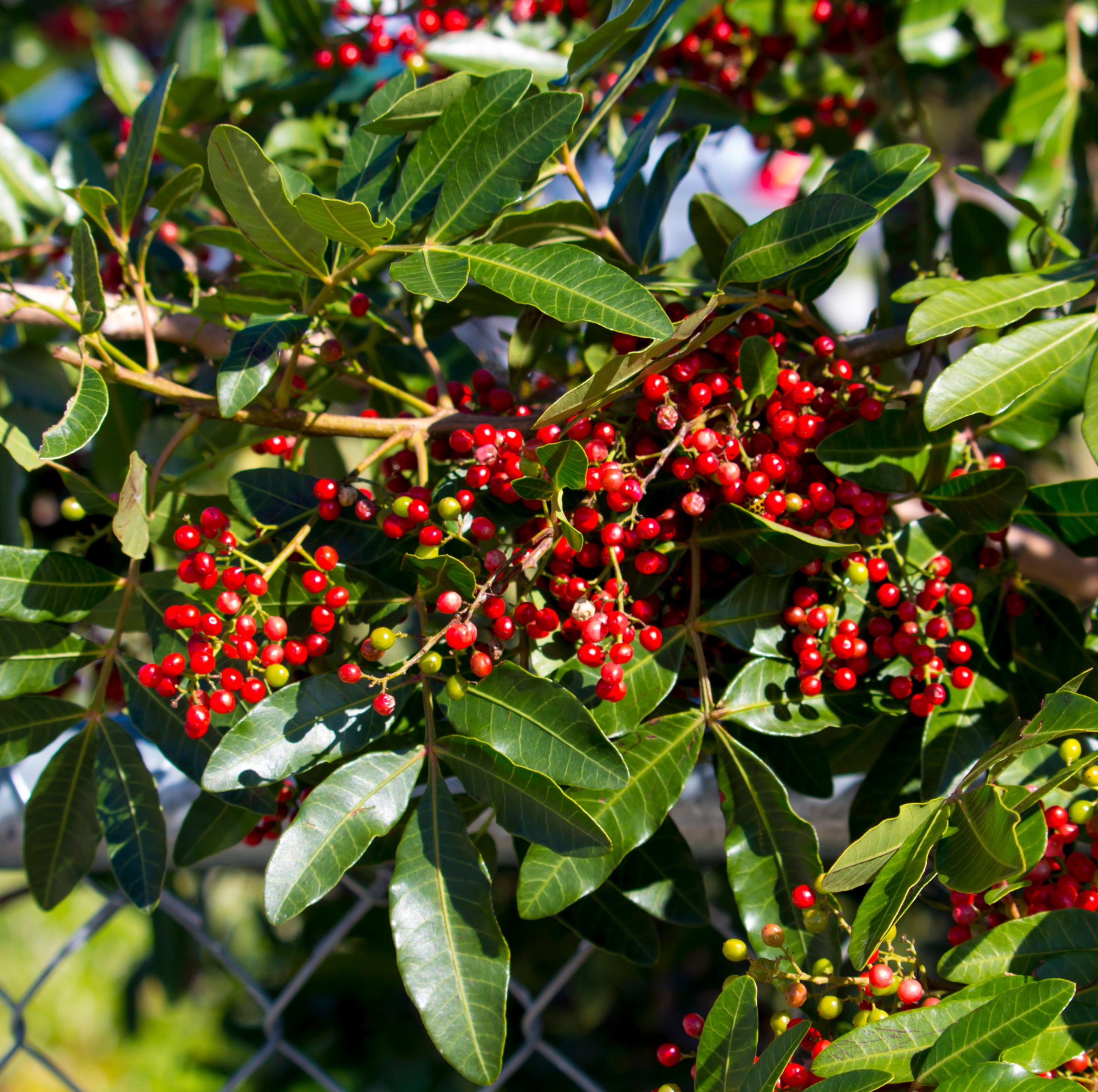
There are a few things that will indicate when I succumb too fully to middle age: not kicking a windfall apple that happens to have fallen in my path, not having to have chocolate and ice cream when I go to the cinema — and not bending down, as I walk past the pepper plants that grow in my garden, to rub their leaves. For eight months of the year, their spice scent perfumes my fingertips — and long may it continue.
The black pepper that sits on most kitchen tables comes from a plant that is native to southern India and requires heat beyond the capability of these islands, but we can grow other kinds of pepper. Szechuan, Japanese and Nepalese peppers offer their distinctive flavour and scent in both the peppercorns and leaves and, although you can find Szechuan pepper in the shops, it is expensive — homegrown, it is so much better. The plants are easy to grow (I’ll come to that), requiring little attention, so your choice is down to which of these very different fragrances and flavours you like the sound of most.
There are a good number of Szechuan pepper species, from the earthily scented Zanthoxylum simulans, to the zestier Z. schinifolium and Z. giraldii. Nepalese pepper — Z. planispinum, also known as Z. alatum—has leaves and peppercorns with a bold lemon/grapefruit scent and flavour; the pink peppercorns are a little smaller than most varieties, but they are full of oomph. The peppercorns and leaves of Japanese pepper — or sansho pepper, Z. piperitum — are the least intensely peppery of the three, but their flavour and aroma is bold and bright.
All share a special quality — the ability to bring a gentle numbing sensation to the lips and tongue — that is especially lively in Szechuan varieties and forms part of the experience of that region’s food.
Each plant (to buy, visit www.pennardplants.com) follows the same dance over the year. Leaves break from small, tight buds early in spring. Growing quickly, they resemble ash leaves, which, together with the spiky stems, makes sense of the common name — prickly ash.
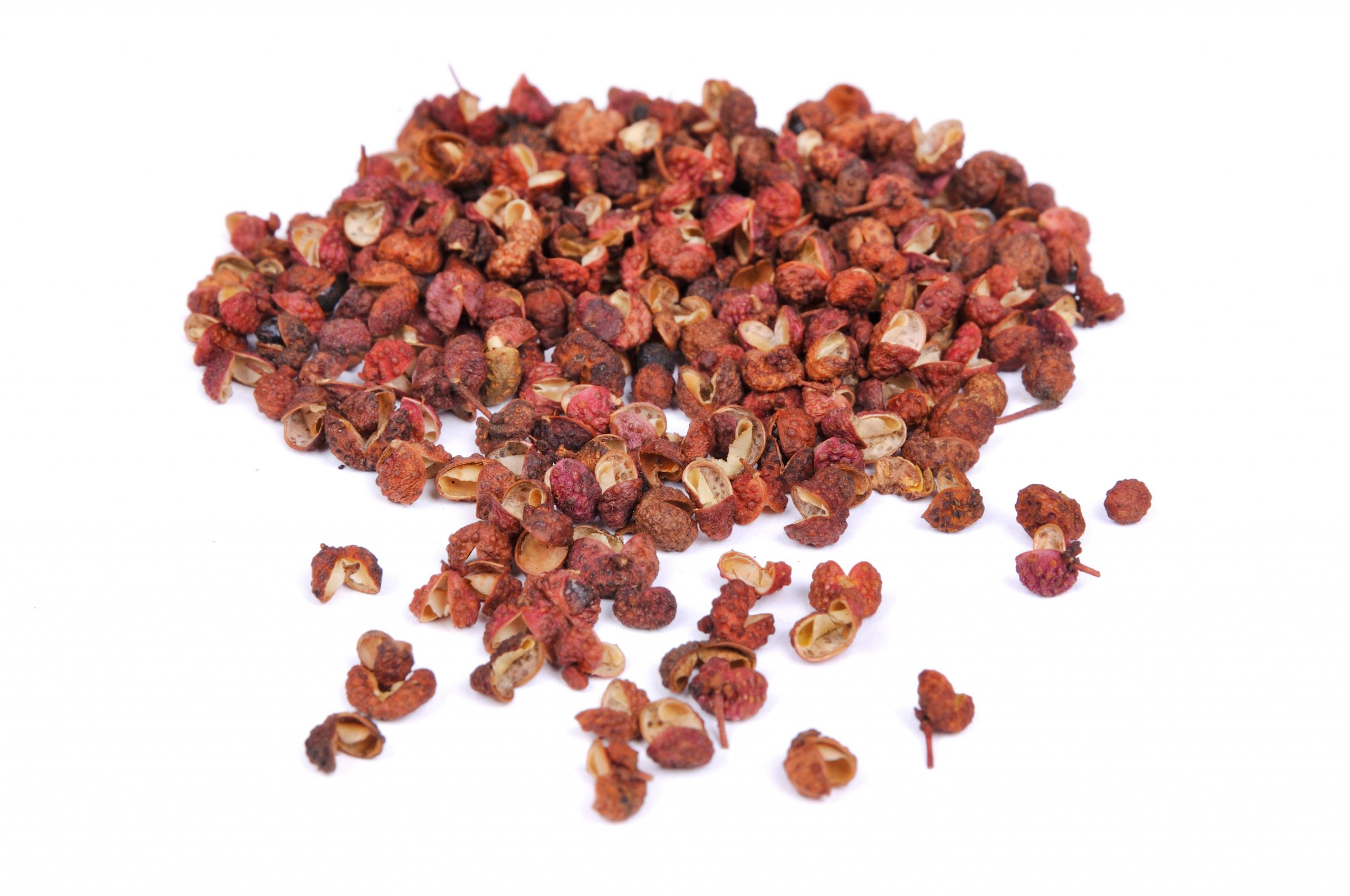
Even when tiny, the leaves carry that amazing scent and, if small and tender, make wonderful punctuations to a salad. Their flowers remind me of elder in that they form similarly upward-facing landing pads for insects — bees are especially fond of them — before the flowers turn to mini fruit. Their increasing weight flips them over to hang slightly as they develop.
You can harvest peppercorns at any stage. Most commercially grown pepper is harvested when it has turned a gloriously vibrant pink-red and the outer casing is breaking on the first few. I tend to pick some early in July, when they’re still green and very bright in flavour, for pickles, for putting in sauces (especially with steak, roast vegetables or halloumi) and even later when they are deep red, sometimes as late as December.
Exquisite houses, the beauty of Nature, and how to get the most from your life, straight to your inbox.
There is a point at which the outer casing splits and the dark (usually flavourless) seed drops, followed quickly by the case, which carries almost all of the flavour. Twist the clusters of pepper, being careful not to snag your fingers on the spikes. You can use them fresh or lay them flat to dry for a couple of days so that they’ll go through a pepper mill more easily.
If you have even a sliver of entrepreneurial spirit, quietly say ‘£5… £10… £15…’ as you twist off each cluster of pepper. You can eat the casing alone, but it is common to grind the whole, seed and all, which moderates the flavour a touch.
As fine as the peppercorns are, don’t overlook the leaves. Although too tough to eat once developed, they are superb when used to infuse flavour as you would bay (pepper-leaf mayonnaise is excellent) or crushed into spice blends. The leaves of the Japanese sansho pepper are more popularly used than the peppercorns.

It is almost indecently easy to provide for Szechuan, Japanese and Nepalese peppers. Plant direct in the soil or grow in a container, mulching around the base with compost and/or manure to feed the plants, eliminate any grass or weed competition and retain moisture. A tree guard is useful to protect from rabbits; a 12in spiral guard should suffice.
No pruning is necessary, but I tend to snip here and there for shape, size, and to remove dead or cluttered branches when the leaves have fallen.
As with most plants, I water frequently as they become established and through the growing season if they are in pots. Container-grown peppers should be fed once a month with a slow-release feed such as pelleted chicken manure. That really is all that’s between you and growing your own delicious pepper.
Mark Diacono grows edibles, both usual and unusual, at Otter Farm in Devon — www.otterfarm.co.uk
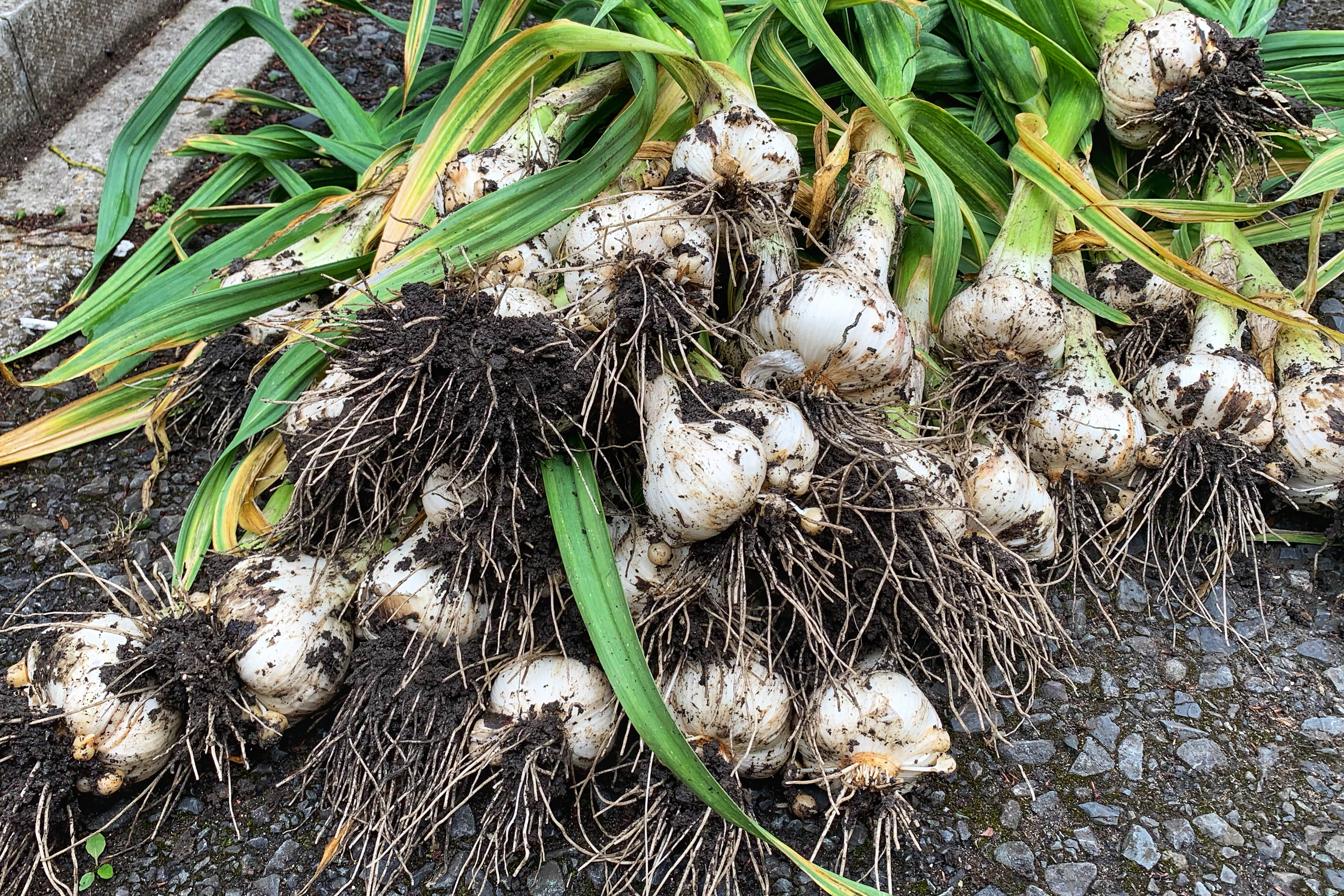
Credit: Getty Images
How to grow garlic: Delicious, lucky and superbly easy to cultivate
Mark Diacono teaches us how to grow garlic.
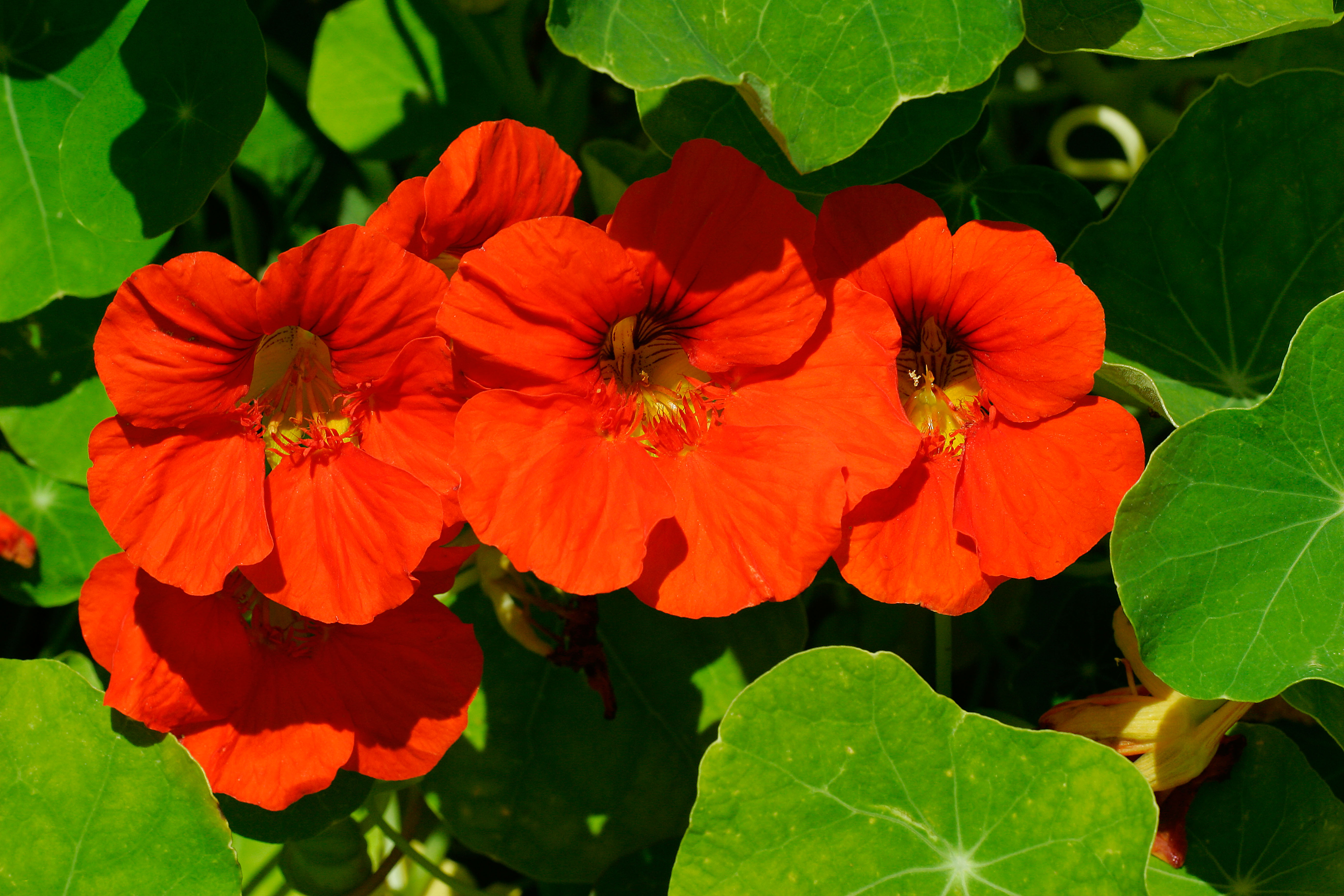
Credit: Alamy
The top salad leaves to grow in your garden for summer garnishes
Mark Diacono tells us his top salads to plant to accompany barbecues this summer season.
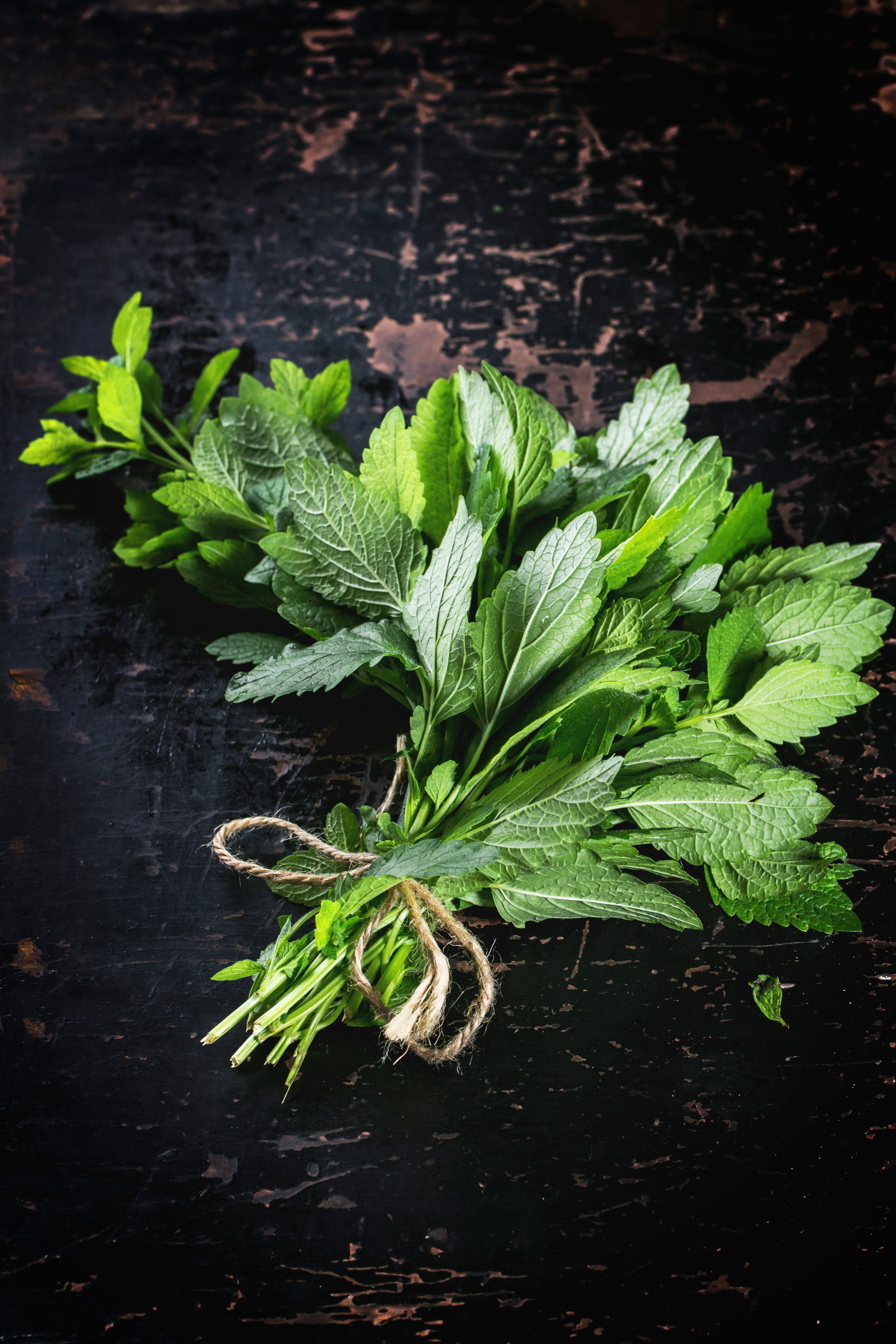
Credit: Alamy
Cultivating mint: What varietals to plant, where to plant them and whether they should be used for jelly or juleps
Mark Diacono explains why mint is for even the incurably incompetent horticultural enthusiast.
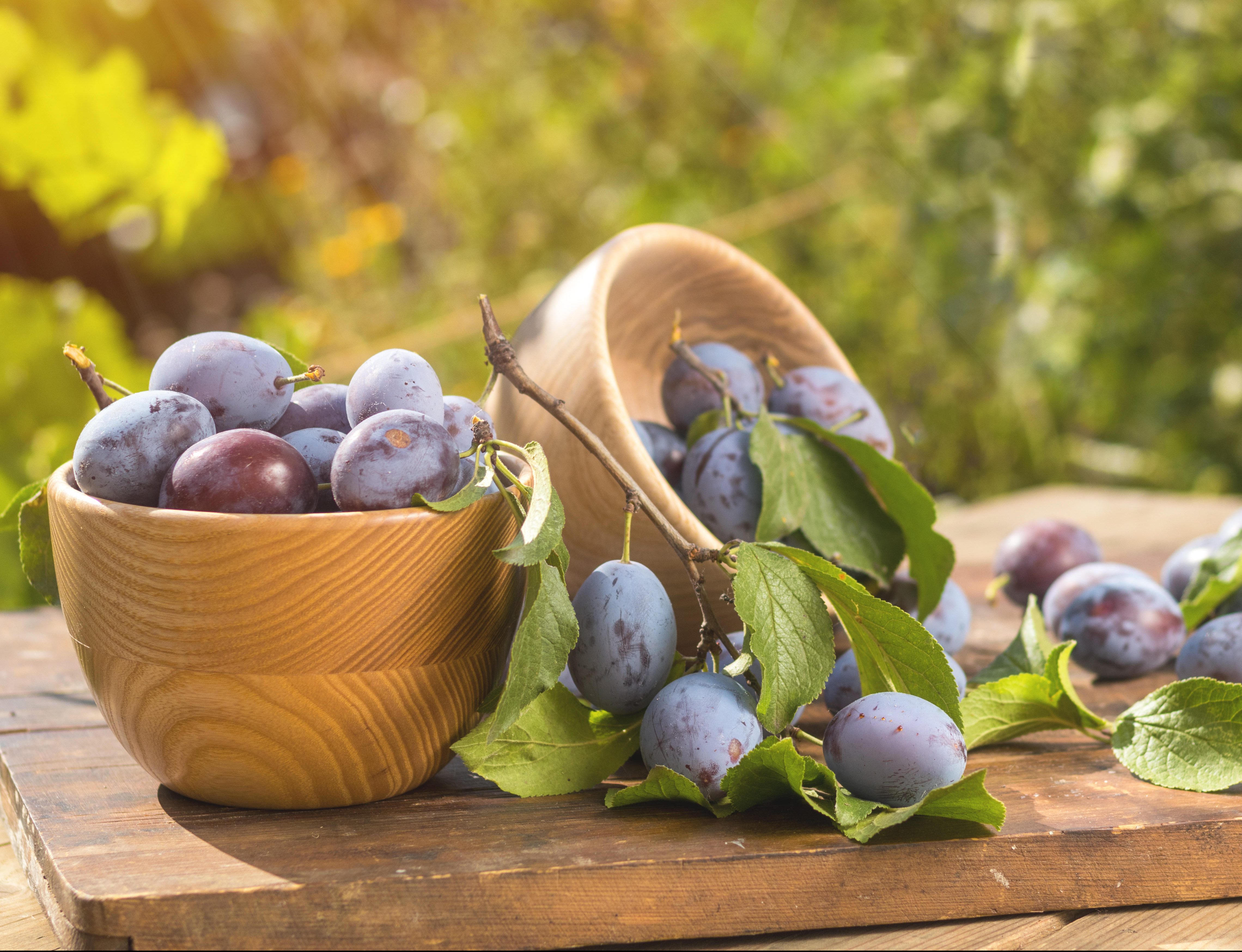
Plums to grow, plums to show, and plums to pop in your gin
Mark Diacono picks his favourite plums — and their close relatives, damsons, mirabelles, bullaces and gages.
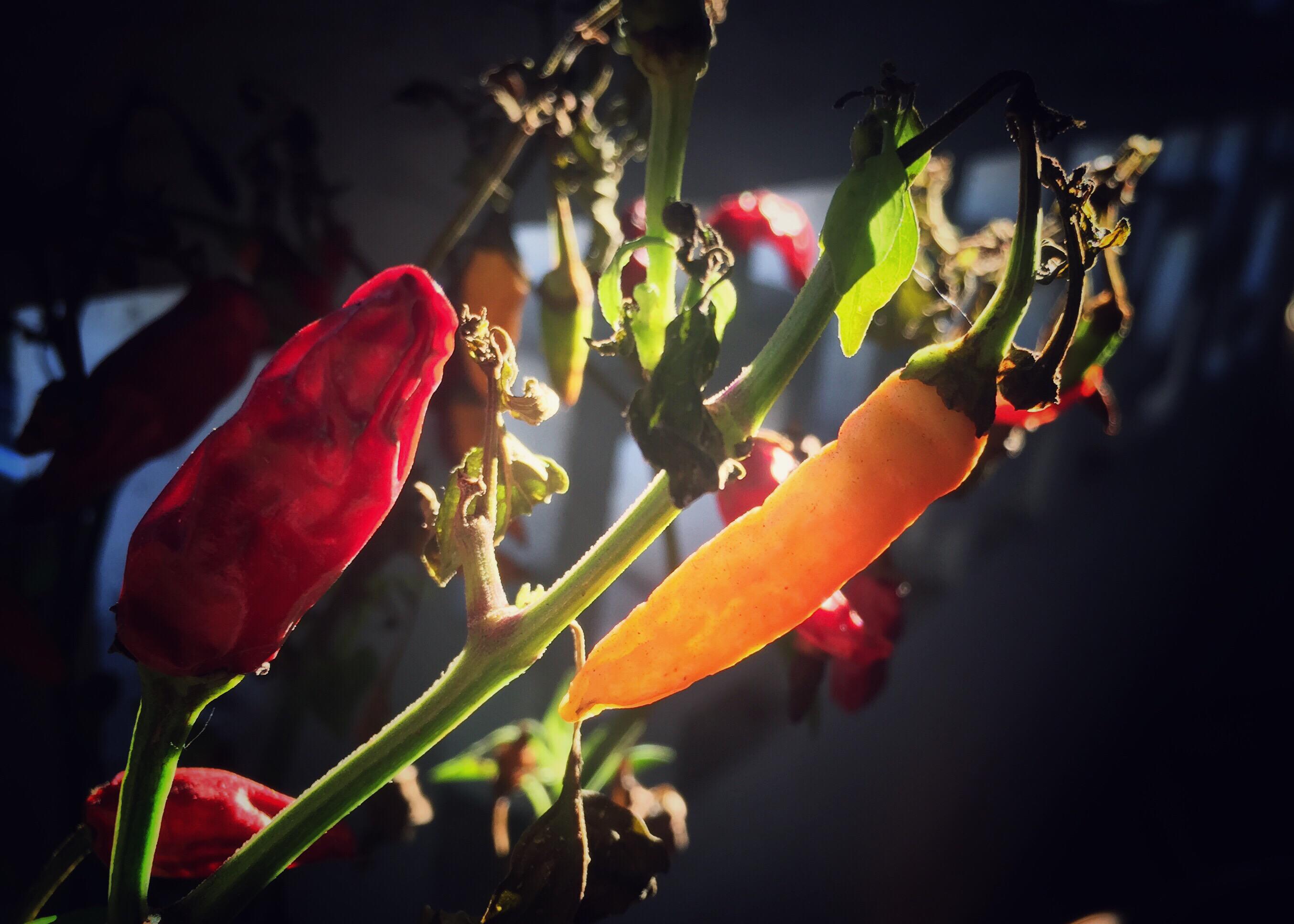
How to grow chillies in Britain: What to plant, where to plant them and how to make them grow
We associate chillies with hot climates, but they can be grown on these shores — Mark Diacono explains how.
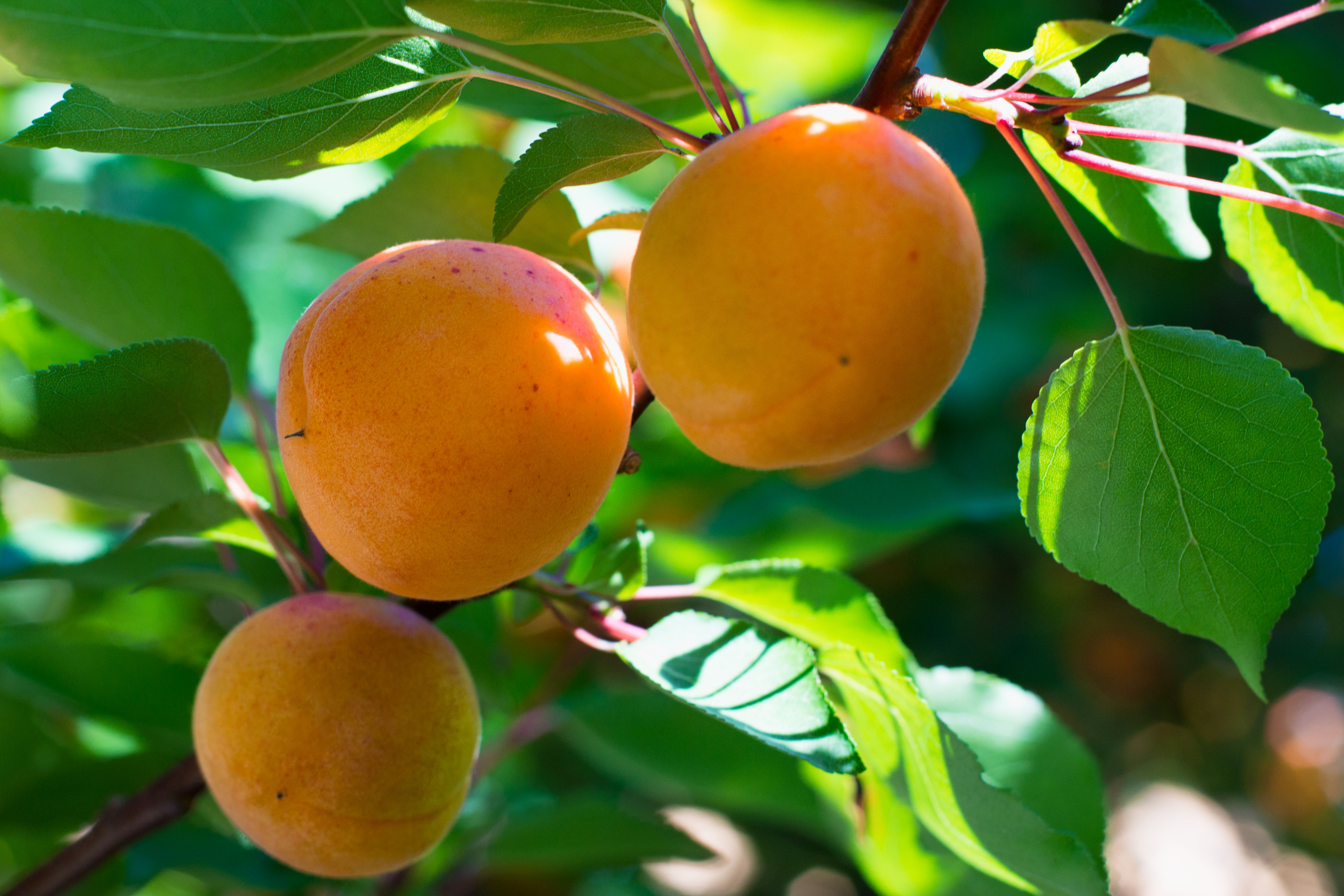
Credit: Alamy
How to grow your own apricots and enjoy 'deep, honeyed richness' far beyond what you'll find in the shops
Mark Diacono hasn't eaten a fresh apricot from a supermarket in years — here are his tips on how to grow
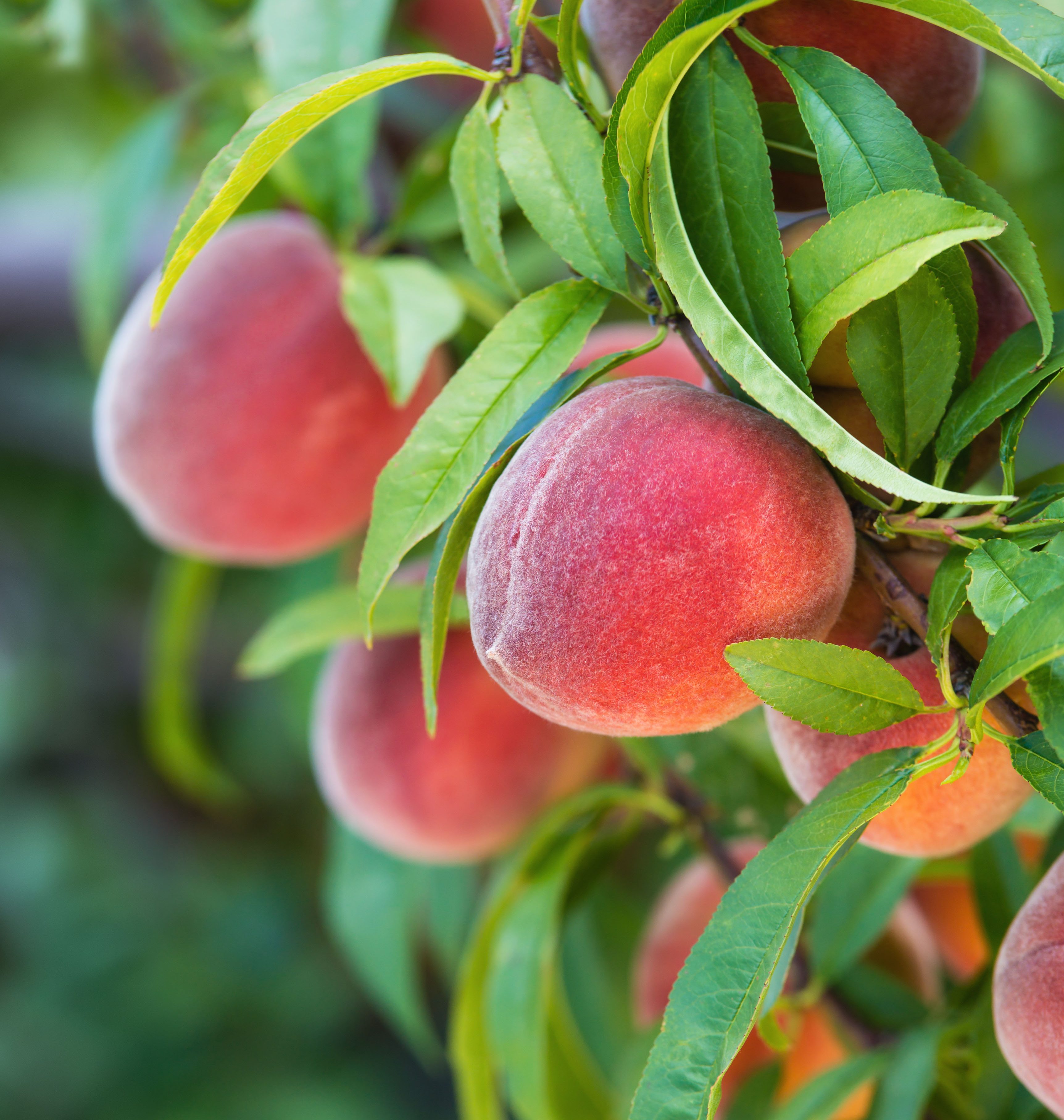
Credit: Leena Robinson / Alamy
How to grow your own peaches: The best varieties to choose, where to plant them, and how to keep them safe
Yes, you can grow peaches in Britain — so long as you know a few simple tips. Mark Diacono explains more.
Mark is lucky enough to spend most of his time eating, growing, writing and talking about food. He has written fourteen award-winning books, including A Year at Otter Farm and A Taste of the Unexpected (both won Food Book of the Year, and Garden Book of the Year). Known for growing everything from Szechuan pepper to pecans to Asian pears, Mark's refreshing approach to growing and eating has done much to inspire a new generation to grow some of what they eat. He was involved in the early days of River Cottage, appearing in the TV series, and writing four River Cottage books. Mark writes to a global audience on his best-selling Substack: Mark Diacono’s Abundance.
